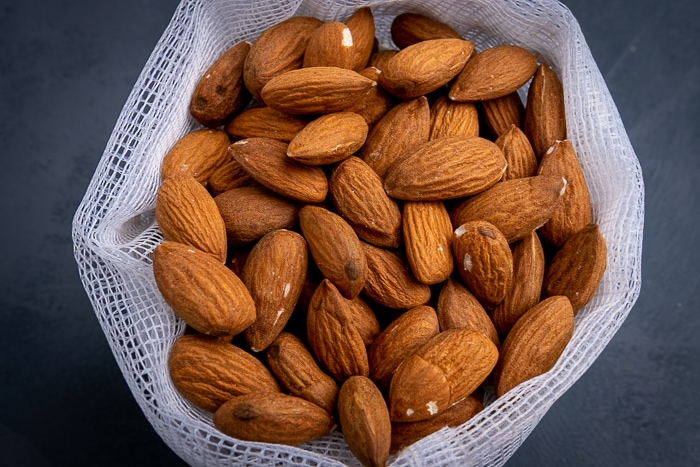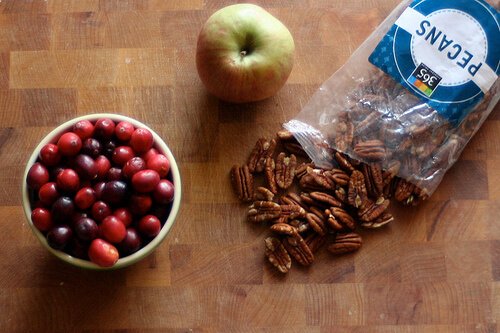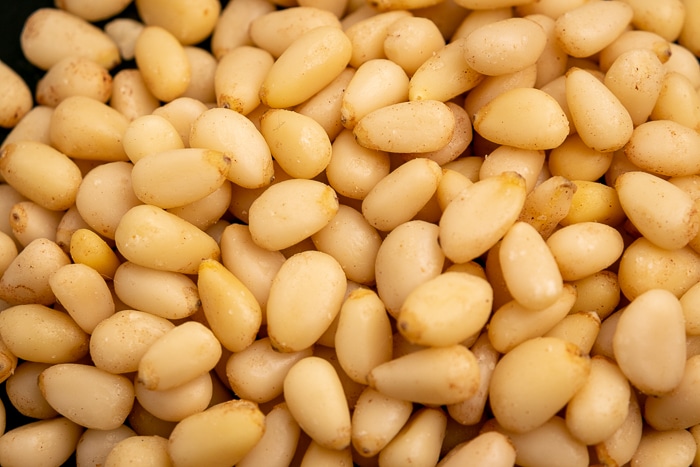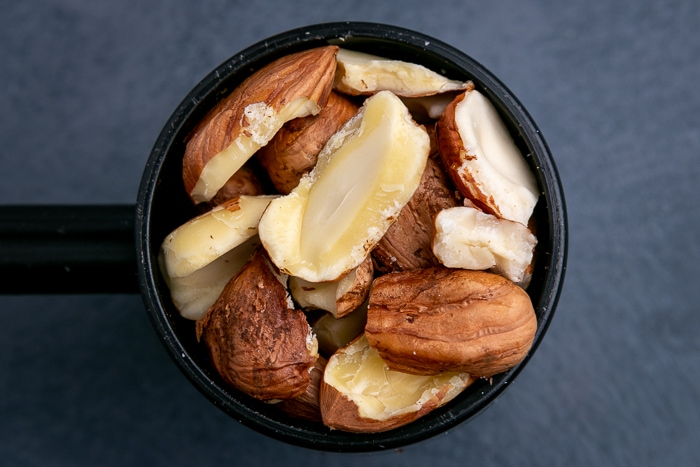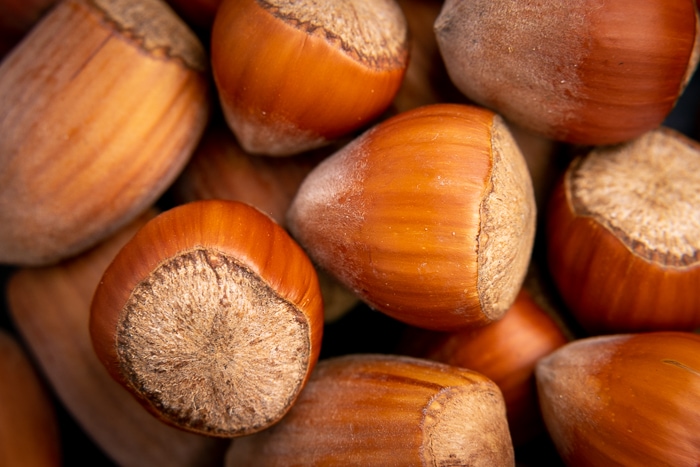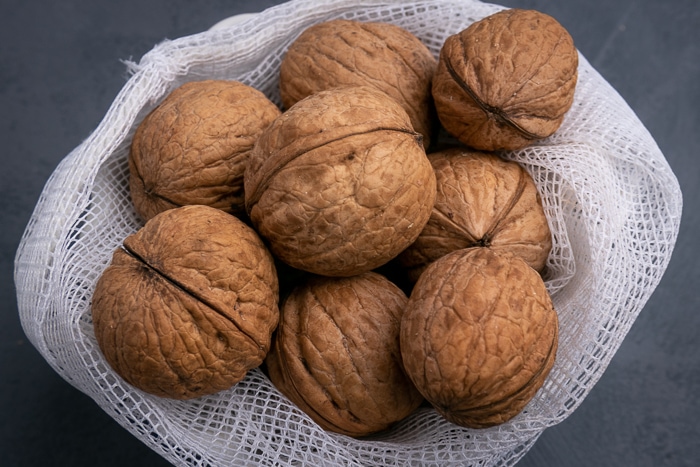Do Peanuts Go Bad?
Buying peanuts in bulk usually ends up in a portion of them still sitting in storage a couple of months after purchasing. At first, we’re super motivated and eat a handful every day, or even make our own peanut butter. But after a couple of weeks, that initial enthusiasm disappears.
Then, when organizing the pantry, we notice that half-open bag and wonder what do to with it. Do peanuts go bad? And if so, how does one tell if they’re spoiled or not?
If that’s you, you’re in the right place. In this article, we talk all about storage, shelf life, and going bad of peanuts. If you’re not sure what to do with those leftovers or looking for tips on how to store them so they last the longest, read on.
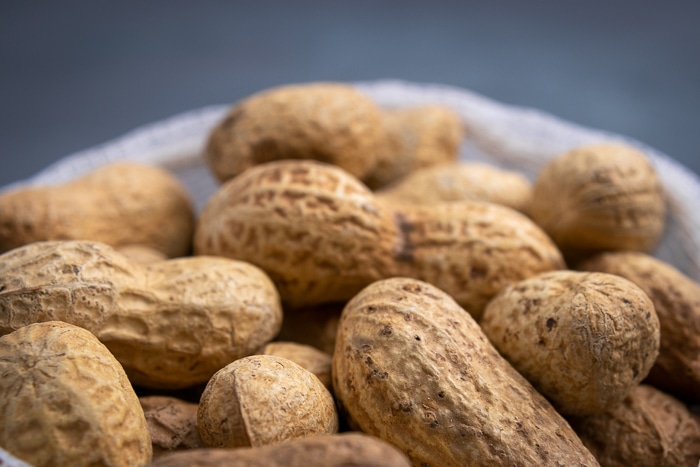
How To Store Peanuts
Storing peanuts (or peanut seeds) is pretty similar to storing nuts or peanut butter. Generally, you have two options: keeping them at room temperature in the kitchen or pantry, or chilling them in the fridge. Either has its pros and cons.
Keeping the peanuts in the pantry is the easier option, as there’s much more storage space in there. The only downside is that they deteriorate quickly due to the temperature.
When it comes to the fridge, peanuts keep quality for much longer in there. But if you’re like me, you’re always short on refrigerator space, and putting one more thing in there is simply not an option.
In short, choose the storage method based on how long you want them to retain quality, and where you can afford the space.
You can also keep peanuts in the freezer, but I don’t know anyone who actually does that. In case you do want to do that, make sure they are well sealed in a freezer bag or airtight container.
No matter which one you choose, make sure the nuts (peanuts are not technically nuts, but legumes (WIKI)) are in a dry place. While the pantry or a cabinet in the kitchen is usually quite dry, the fridge isn’t necessarily so. That means if you want to keep peanuts in the refrigerator, put them in an airtight container. And give it a check every couple of weeks to see if, by chance, there’s any condensation. If so, remove the moisture using paper towels.
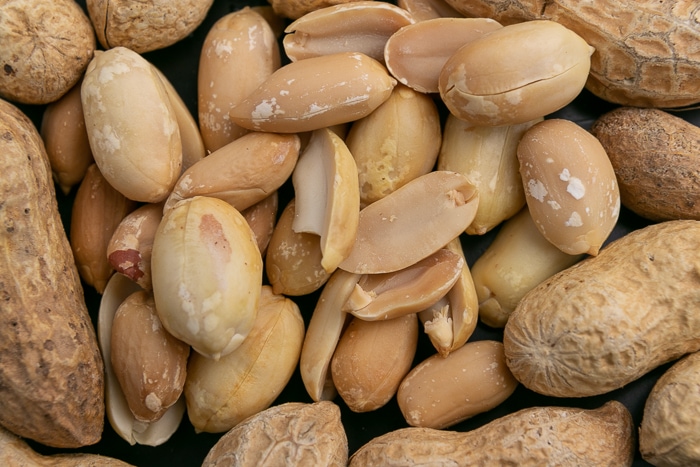
How Long Do Peanuts Last
As I already mentioned, the shelf life of peanuts depends on the storage temperature. The other important factor is whether or not they are shelled.
If they are in-shell, the seeds are well protected, and that helps them keep quality for an extended period in a not-ideal environment that is room temp. Out of the shell, they are much more vulnerable and lose quality quite quickly.
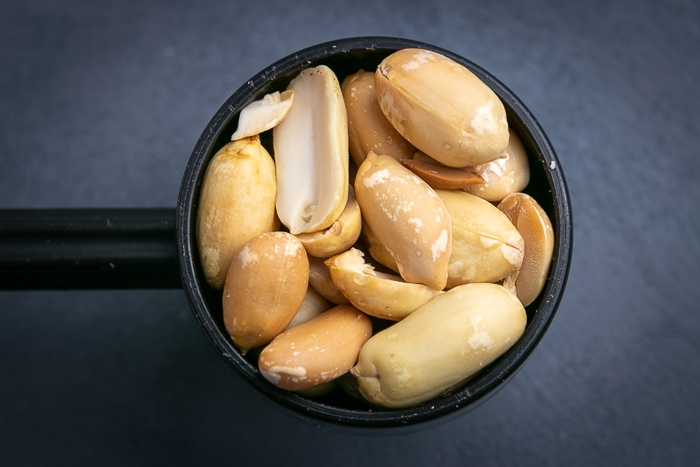
Now let’s talk time periods. Of course, if your package of peanuts has a best-by date, use it as an indicator of how long, approximately, the nuts will keep their best taste. But if you’ve bought peanuts in bulk, use the following guidelines:
- in-shell peanuts keep for four months in the pantry, and about a year in the fridge (FK)
- shelled peanuts last approximately four weeks if stored in the pantry, and a year in the refrigerator (FK)
As you can see, the main difference in storage periods is when you keep them at room temperature. If you keep the temperature low, the shelf life for both in-shell and no-shell peanuts is pretty much the same.
| Pantry | Fridge | |
|---|---|---|
| In-shell peanuts | 4 months | 12 months |
| Shelled peanuts | 4 weeks | 12 months |
Please note that these periods are estimates and for the best quality only.
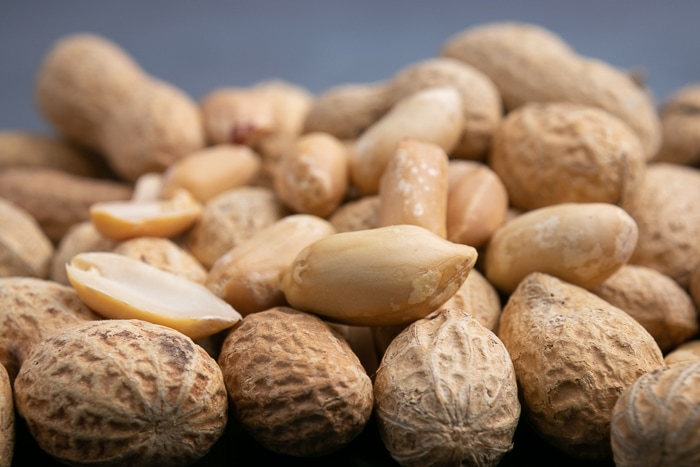
How To Tell If Peanuts Are Bad?
If you follow the outlined storage guidelines for peanuts, they won’t go bad in a way other food (e.g., dairy) does. There (most likely) won’t be any mold or any other visual signs of spoilage for a long time. Much longer than the periods mentioned above.
Why such short storage times, then? Peanuts, due to the high amount of oil in them (here’s my take on how long peanut oil lasts), go rancid. To check if yours are rancid or not, do the following:
- Give the peanuts a good sniff. If they smell sour (think sour milk) instead of having their usual nutty smell, they are rancid.
- Taste the peanut seeds. Eat a couple of nuts and focus on their taste. The nutty flavor is what you’re looking for. If it’s sour or bitter instead, you know what’s up.
You probably won’t be sick after eating a handful of rancid peanuts. But doing so is neither good for your health, nor fun for your taste buds. It’s best to get rid of them.
That said, before you eat any old peanuts and check for rancidity, look for the usual signs of food being bad:
- mold or discolorations (black spots, etc.) on the surface
- seeds being shriveled instead of solid
- any off smell
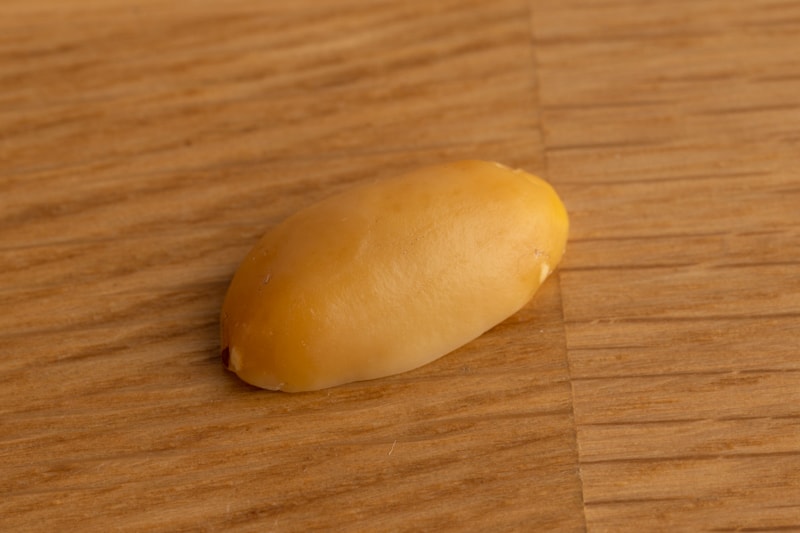
Sources
Rotten Records: Share Your Snap!
Caught some food past its prime? Upload your photo to “Rotten Records” and help others spot the signs of spoilage. Every image makes our food community safer and more informed!
